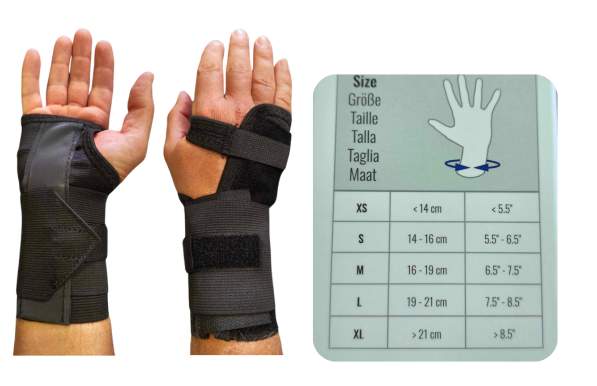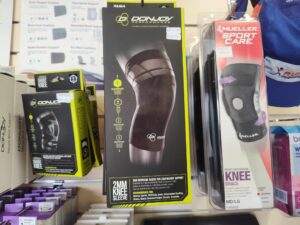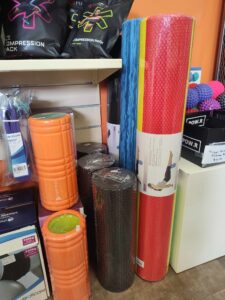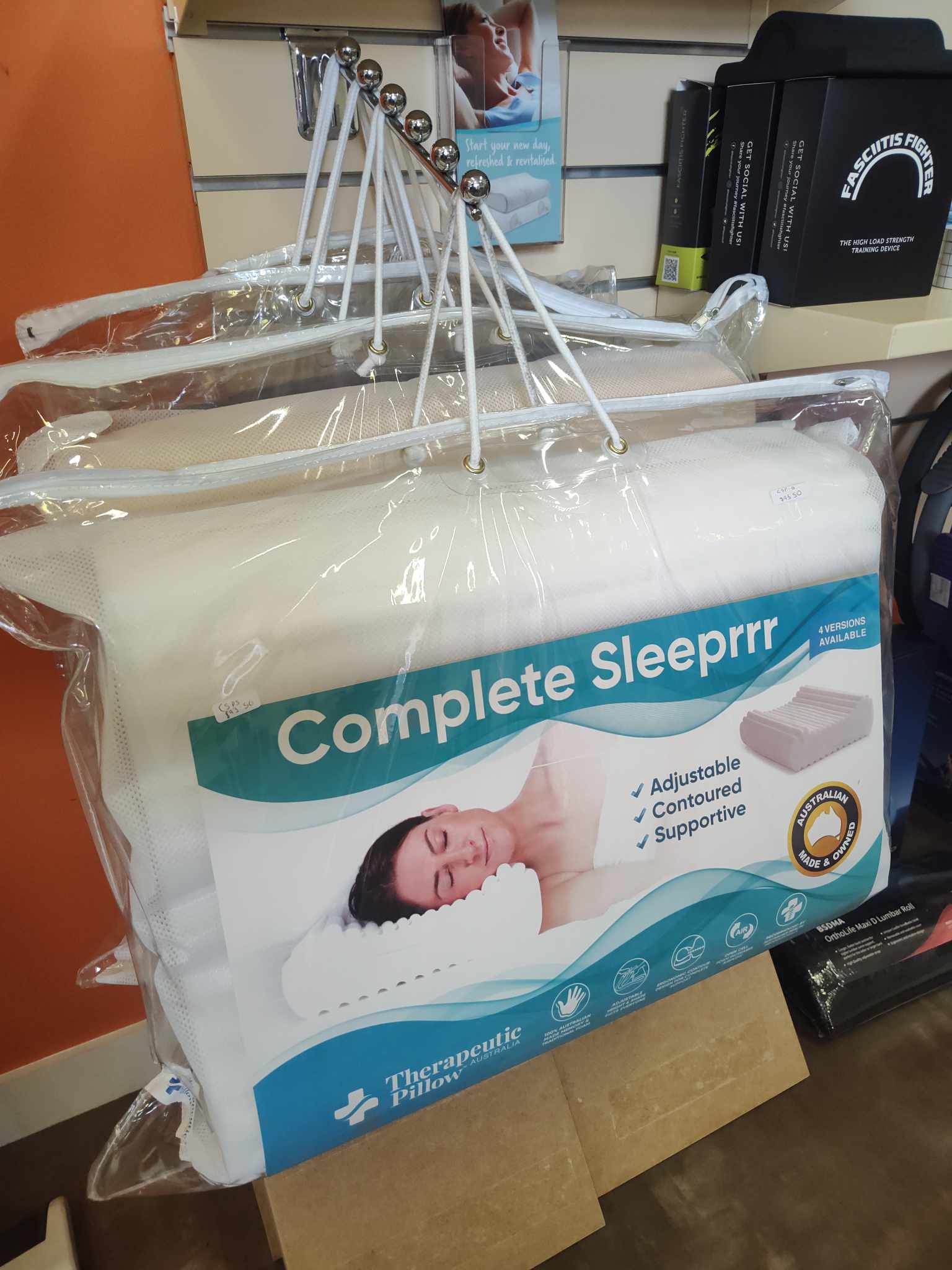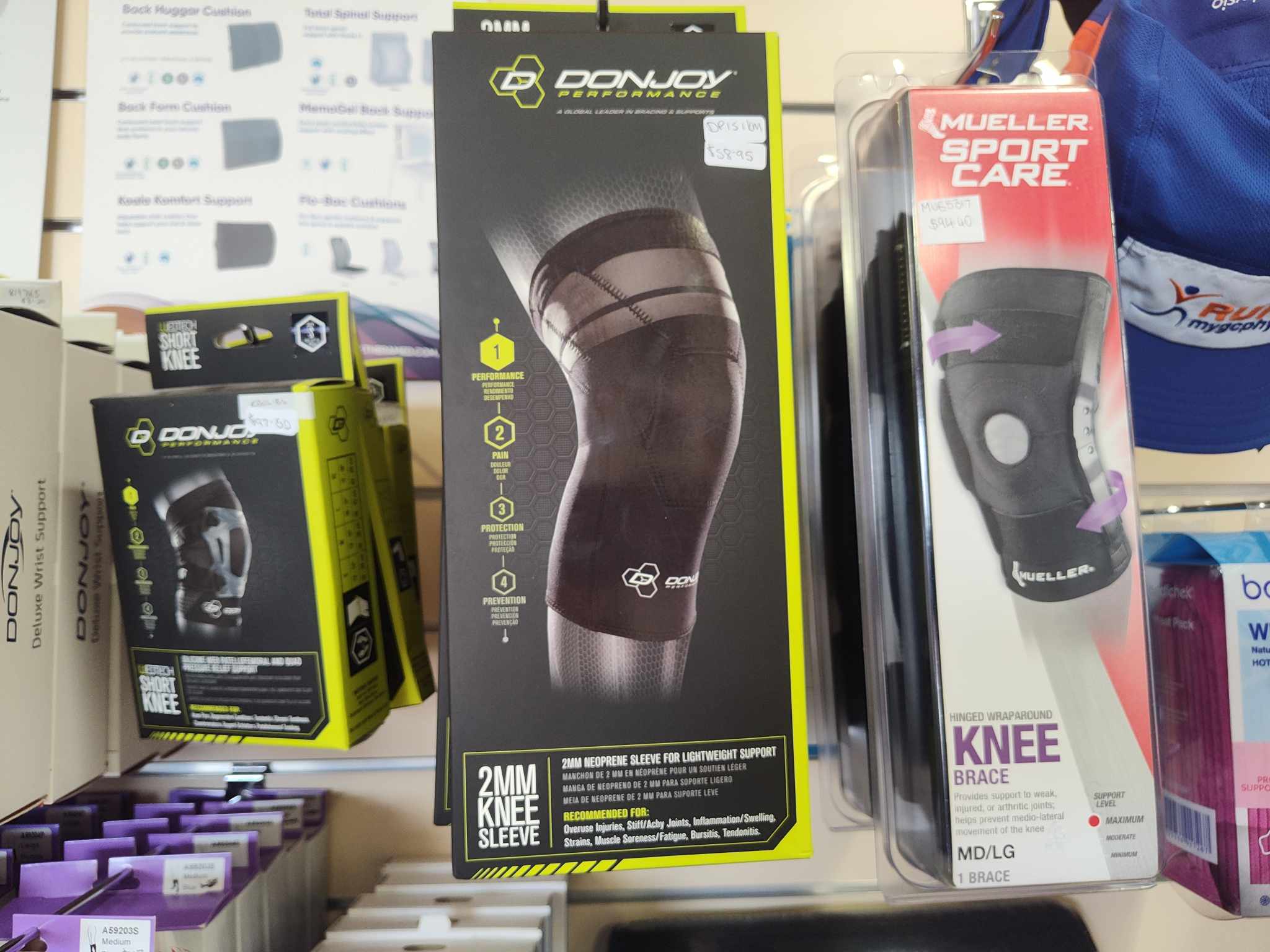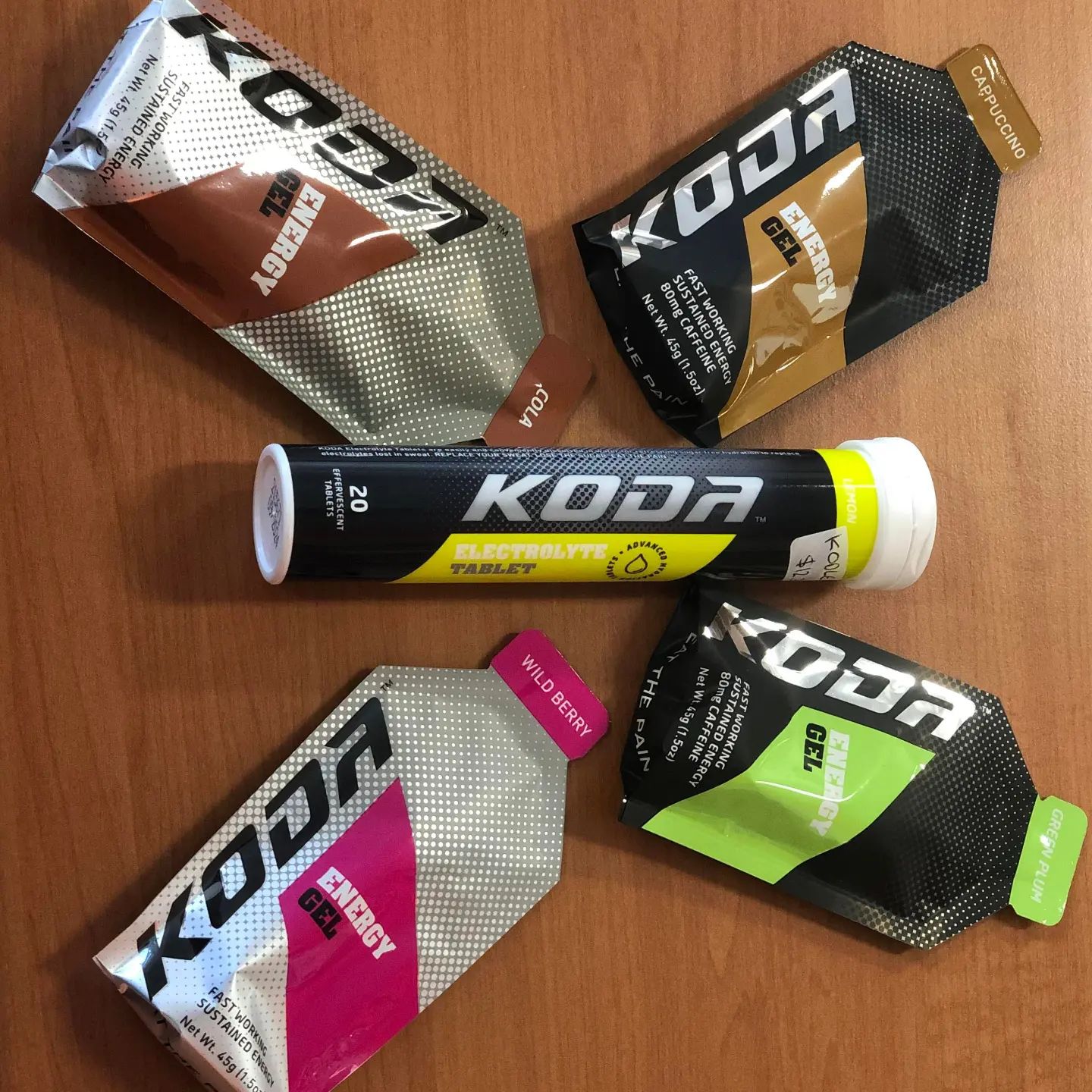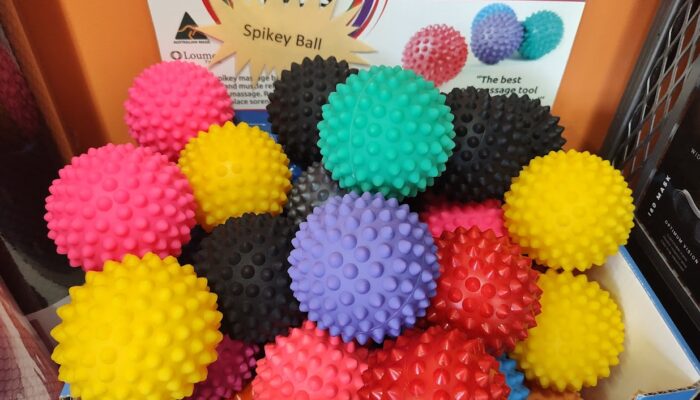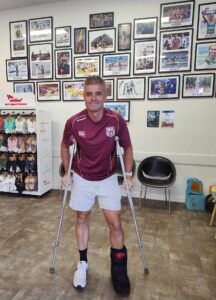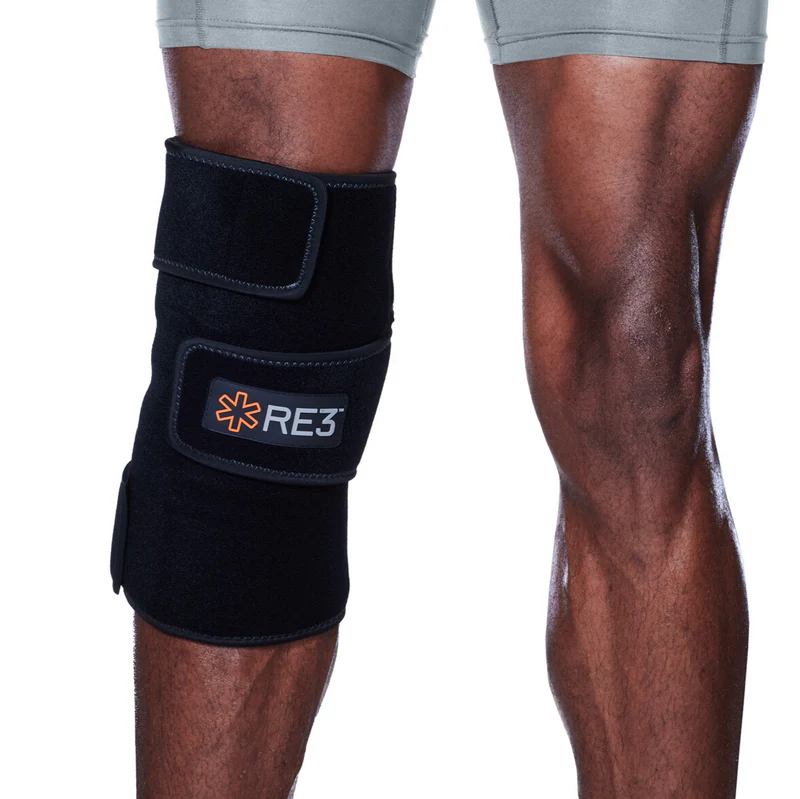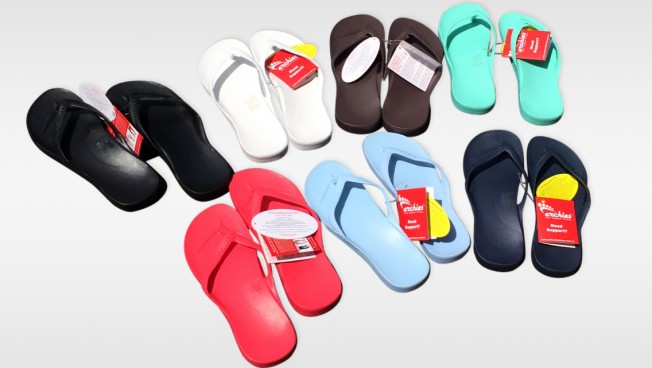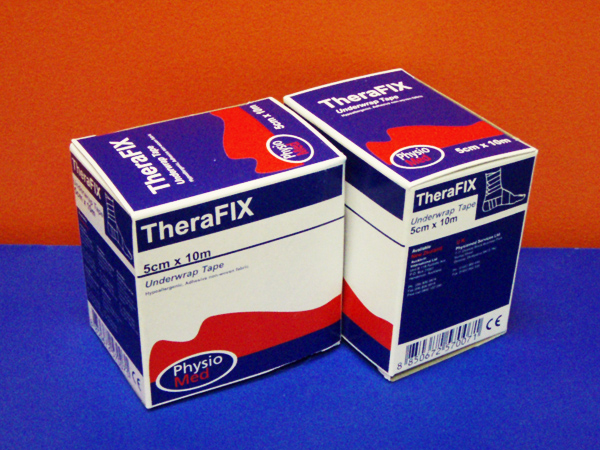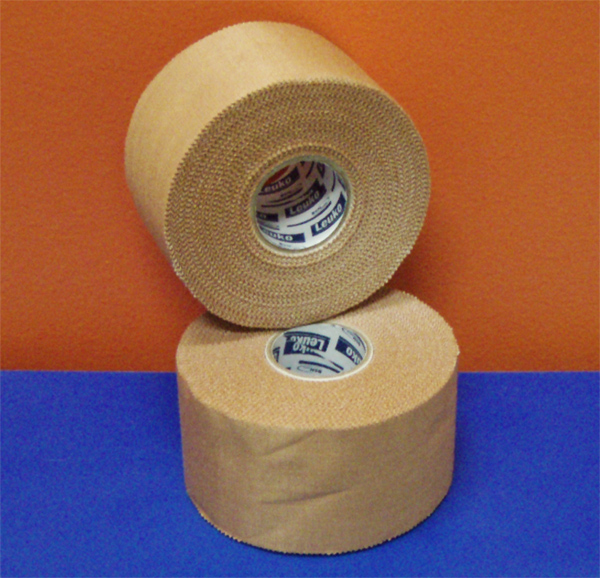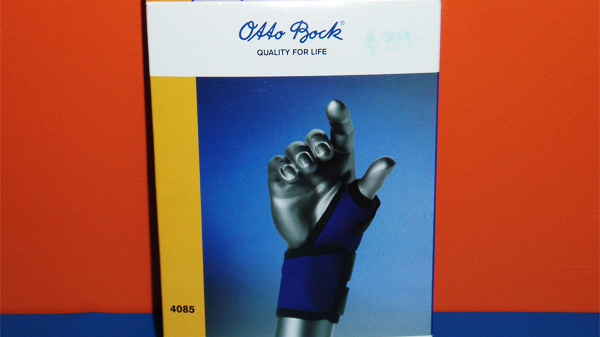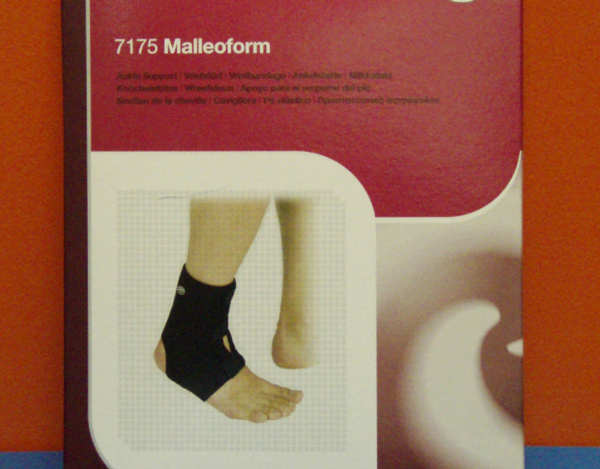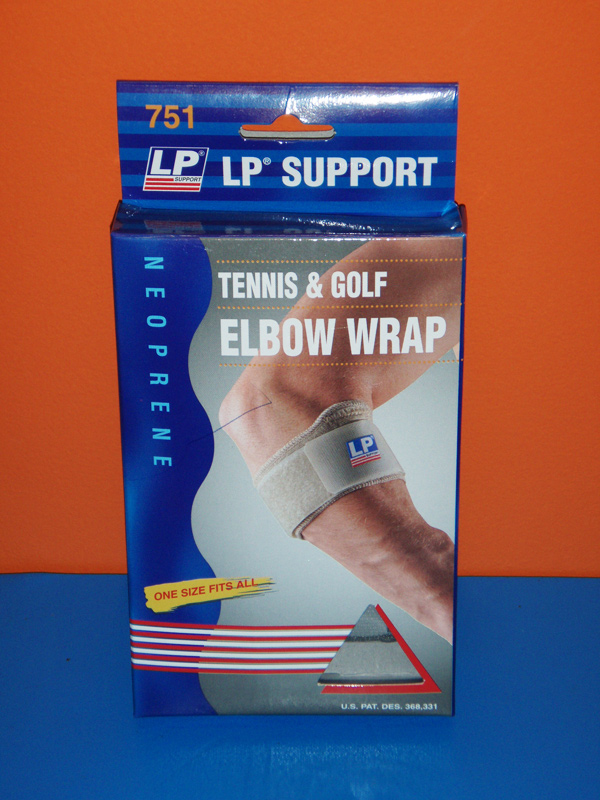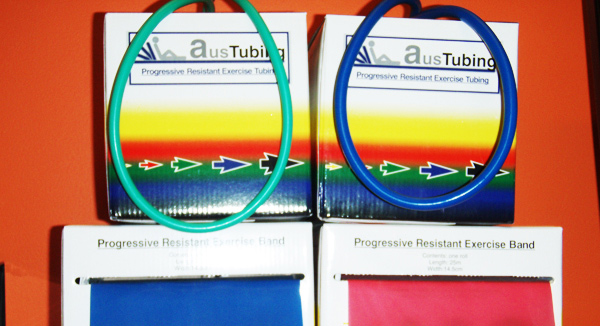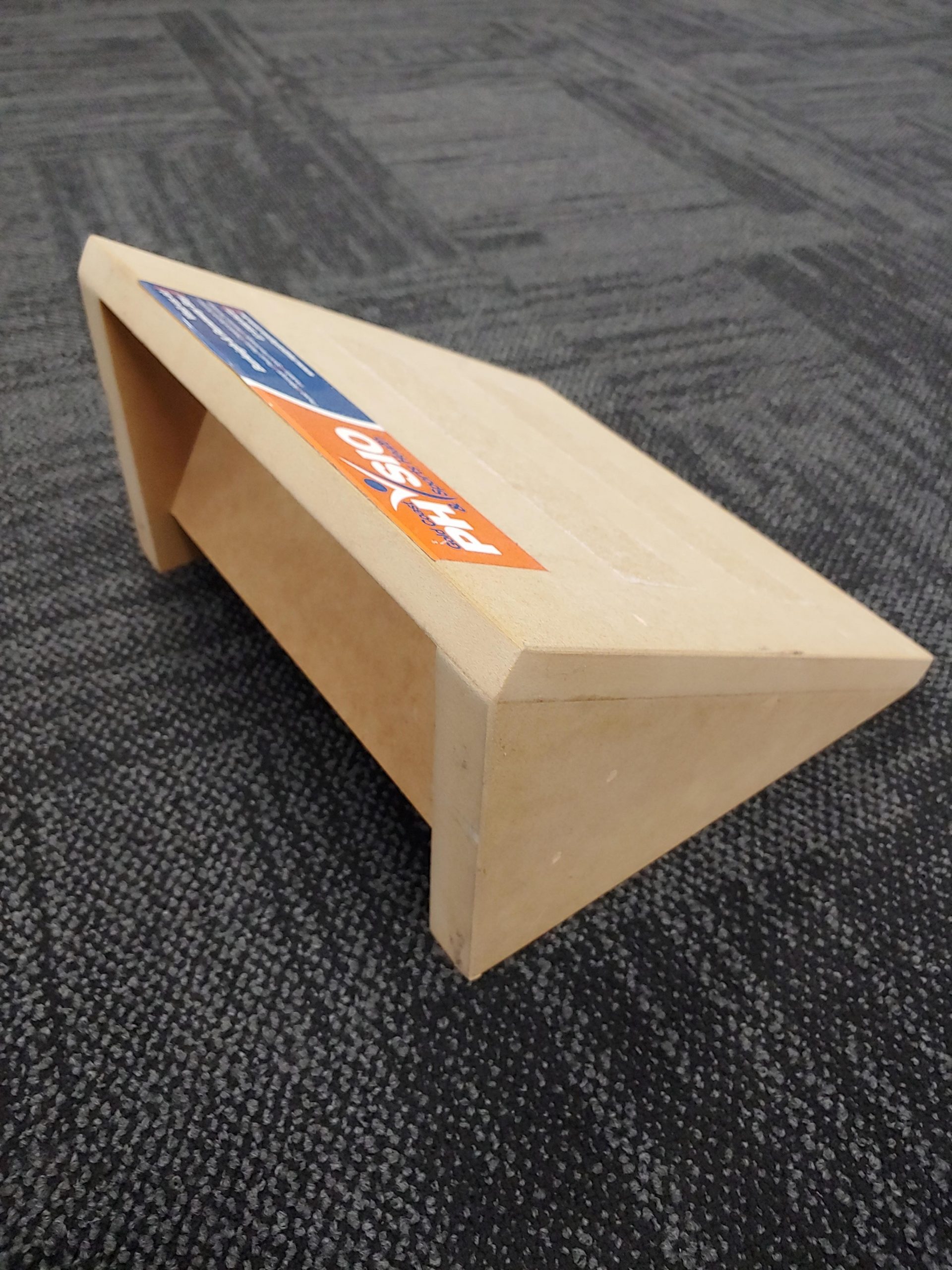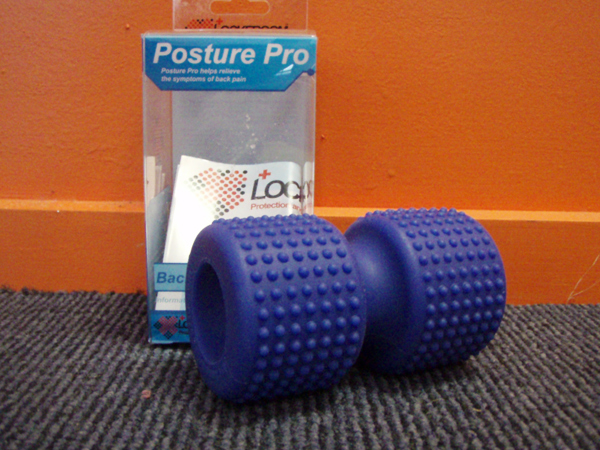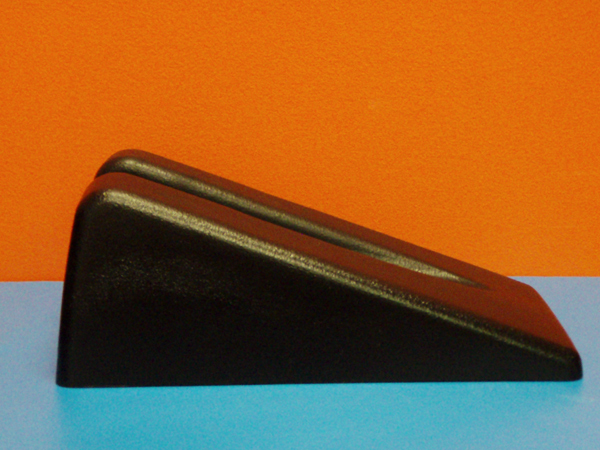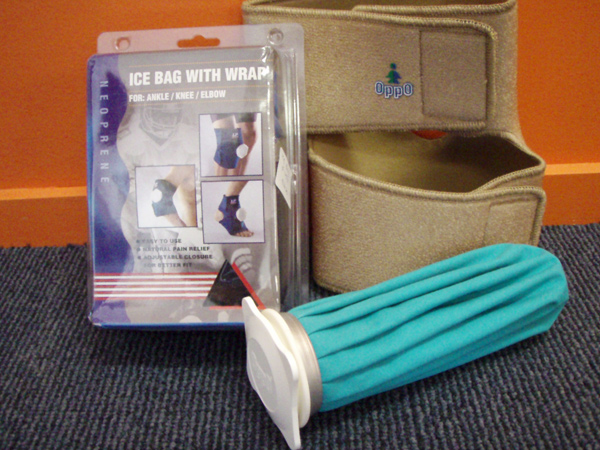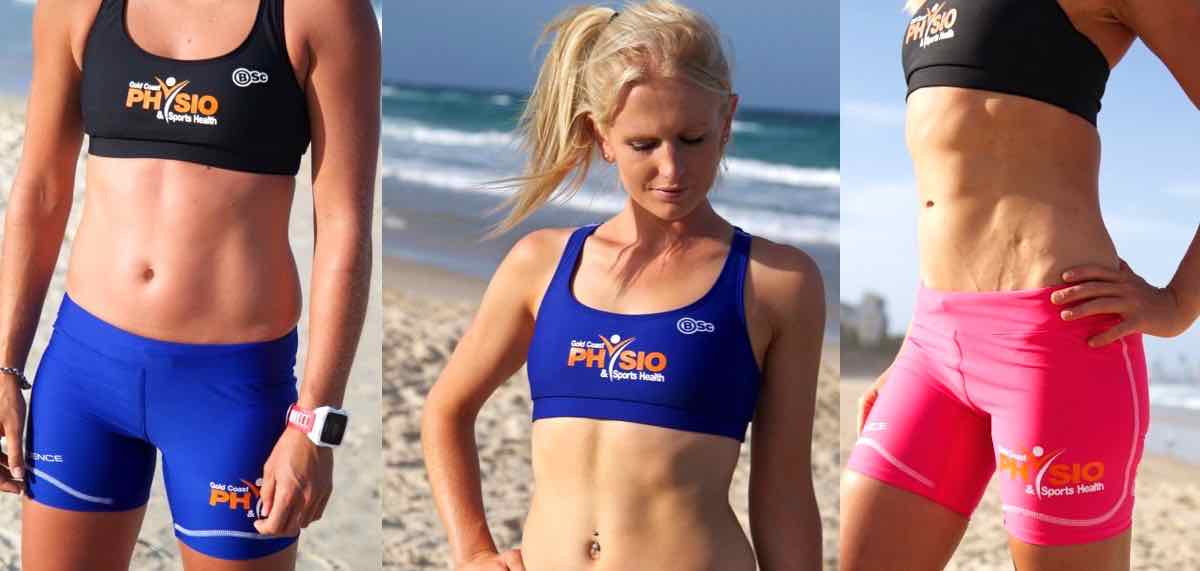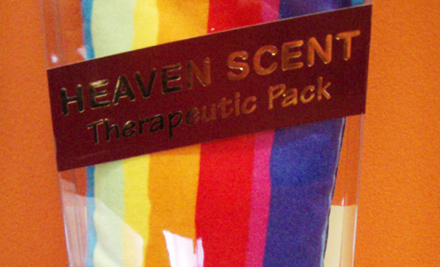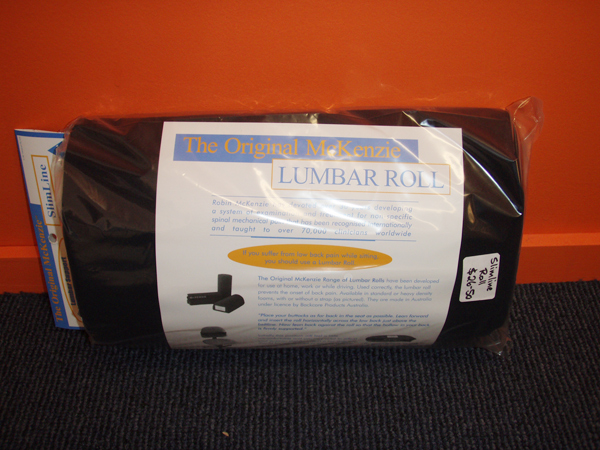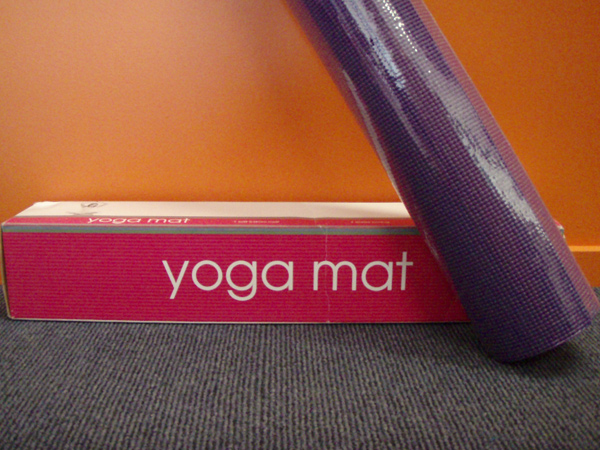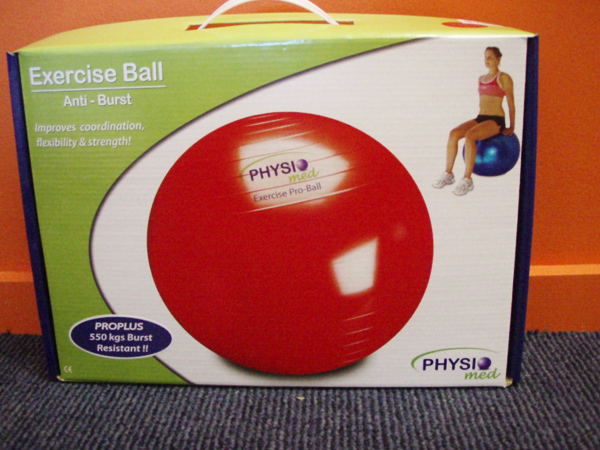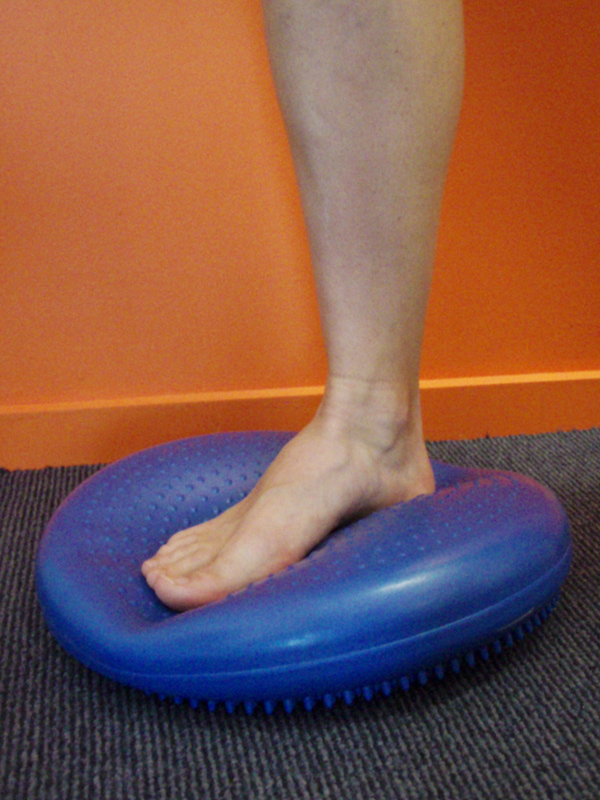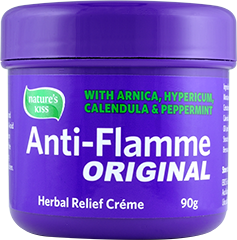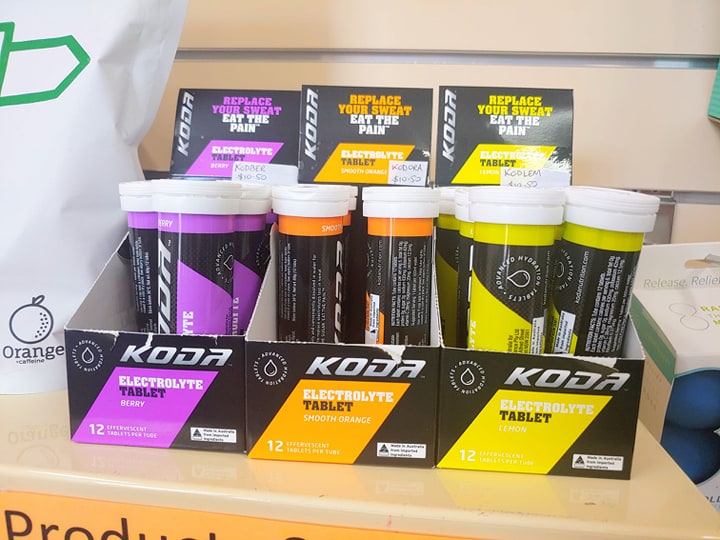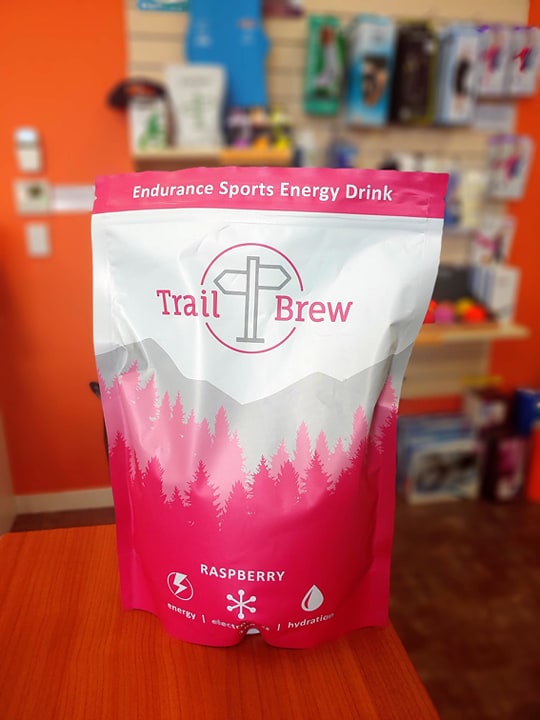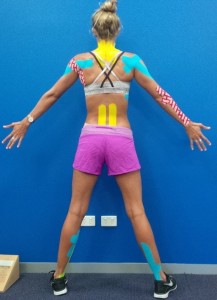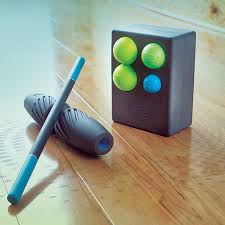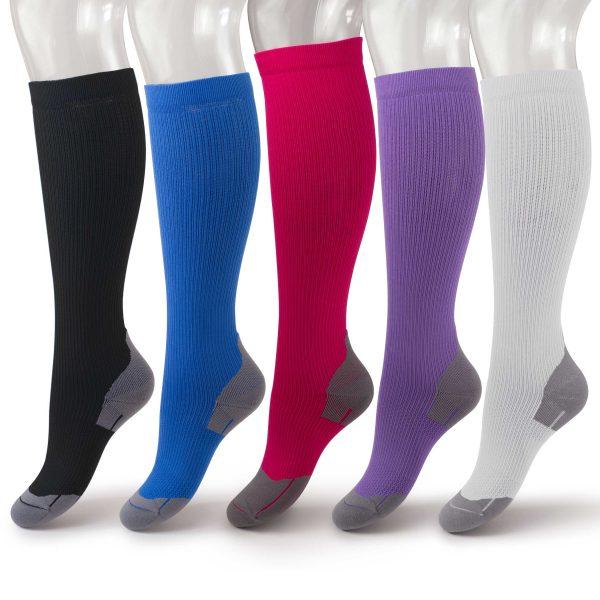If your sporty child/teenager experiences Low Back Pain, don’t just ignore their complaints
As summer approaches in Australia, the sporting landscape inevitably changes. The elite and amateurs alike are packing away mouthguards, head gear and footballs for the whites of cricket; the bars for off-season training; or the various athletic throwing apparatus. And whether you’re into fast bowling, throwing sports or lifting heavy things, the risk of lumbar (low back) bone injury is a real and present danger.
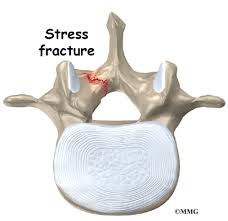
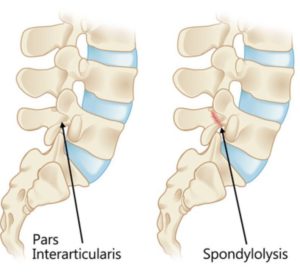 The term “Spondylolysis” can refer to a fatigue or bone stress fracture of the pars interarticularis (an area of bone in the vertebral body of the back).
The term “Spondylolysis” can refer to a fatigue or bone stress fracture of the pars interarticularis (an area of bone in the vertebral body of the back).
Spondylolysis occurs in 4-6% of the general population, however is far more common in young athletes (8-15%). The pars interarticularis defect accounts for up to 47% of low back pain in a young athletic population. The most common causes of spondylolysis in an athletic populations include Olympic weightlifting, gymnastics, tennis, throwing athletes and cricketers. This is due to the large forces that are put through the bone during excessive side bending, twisting and extending tasks. Up to a quarter of cricket fast bowlers will suffer from a spondylolysis, with almost half of all adolescent throwing athletes suffering this condition.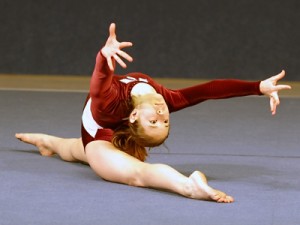
Spondylolysis is treatable and can have good outcomes (return to sport) if managed well. However, a 45yr follow up study found 25% of patients suffering from spondylolysis progressed to having a spondylolisthesis (bilateral fracture with slipping of the vertebrae), with most of these progression being of low grade which is not serious but may impact future sport.
Signs and Symptoms of Bony Stress in the Low Back
 In an athletic population symptoms include:
In an athletic population symptoms include:
- low back pain that was initially sharp that has become a dull ache;
- aching or pain in the hip area;
- aching after activity or feeling stiff first thing in the morning;
- decreased hamstring or glute range of movement leading to low back pain.
- pain with prolonged standing;
- pain with bending backwards or rotating to the aggravated side and
- stiff muscles about the low back that are in a state of protective muscle spasm
Management
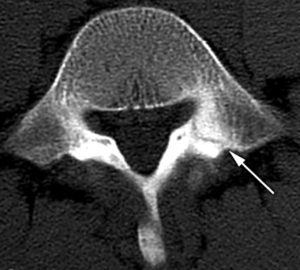 Scans such as MRI and CT as usually required to deliniate & define the injury and help guide management. A sports physician is the best person to help with this.
Scans such as MRI and CT as usually required to deliniate & define the injury and help guide management. A sports physician is the best person to help with this.
Depending on symptoms, some spondylolysis sufferers will be braced for a short period of time to allow the injury to rest and recover without pain. This will be followed by a longer period where athletes will be unable to fully participate in sport until symptoms have completely dissipated and full training has resumed pain free.
Return to sport loading programs are the most essential part of the rehabilitation process and should be a collective approach between the athlete, coach and physio. Rehabilitation with the physiotherapist will begin as soon as an accurate diagnosis is made, with trunk stability and strength exercises at the forefront of rehabilitation. Physiotherapists may also chose to provide therapy to the low back, glute and upper leg muscles to relives tension and alleviate symptoms.
All the Physio’s at Gold Coast Physio & Sports Health can help diagnose and manage your child or teenager with Low Back Pain. We are able to decide if referral to a Sports Physician, such as Dr Dion Lewis who consuls from our Runaway Bay clinic is necessary. And we can follow-up and guide a return to full training and competition. For appointments, phone 07 5500 6470.

